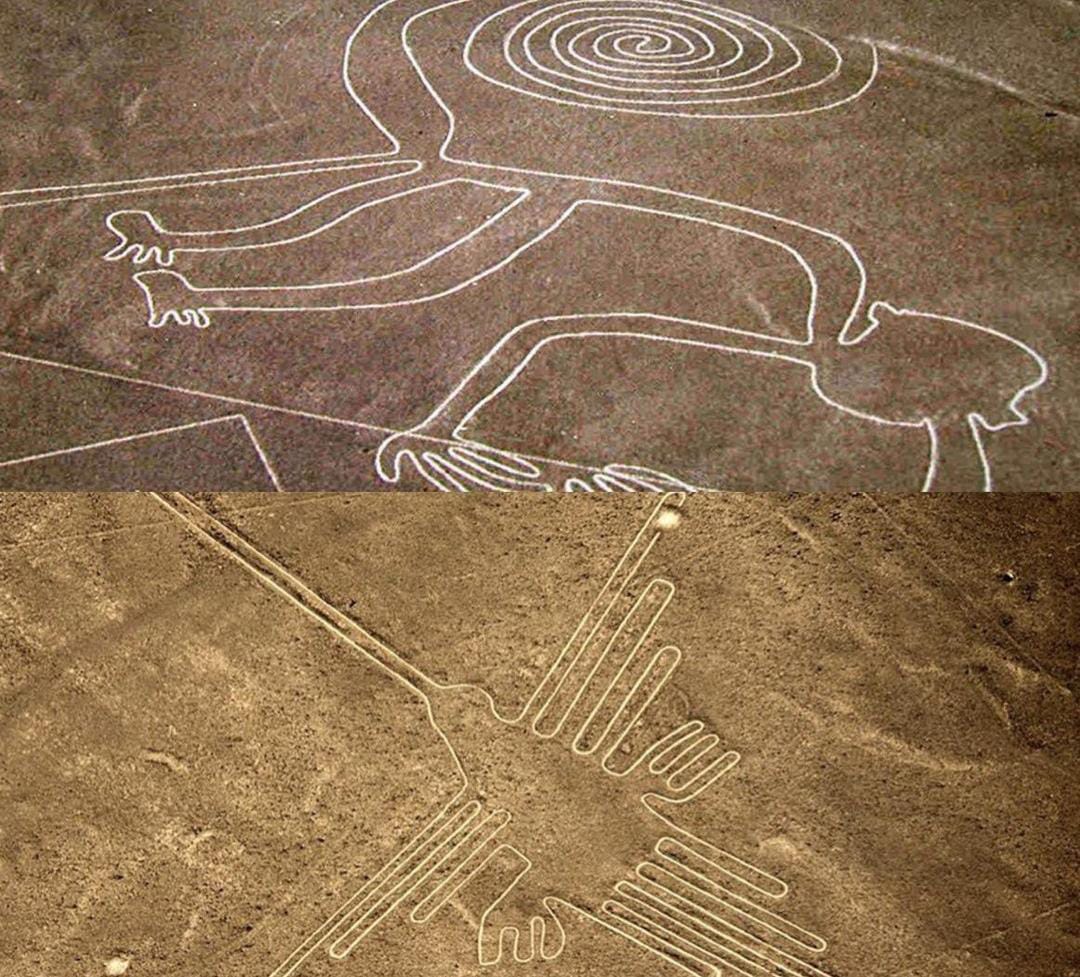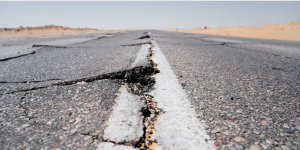Over a hundred new artistic designs were discovered in and around Peru’s ancient Nazca plains by Japanese researchers and a Peruvian archaeologist. These figures, commonly known as ‘geoglyphs’ add to the 190 extensive, centuries-old collection of prehistoric and mysterious images that make up the Nazca Lines.
The markings were discovered by researchers at Japan’s Yamagata University who were working in collaboration with Peruvian archaeologist Jorge Olano. The lines discovered in the South American desert are believed to be over 2000 years old, dating between 100 B.C. and A.D. 300.
Also Read | 5 ways avoid freezing weather during Bomb Cyclone
The depictions discovered include humans, killer whales, birds, cats, and snakes. Jorge Olano, head archaeologist for the Nazca Lines research program, said that the new figures range between two to six meters, approximating 6.56 feet to 19.7 feet in length on average. The entire collection stretches across an area of about 280 square miles.
Professor Masato Sakai of Yamagata University stated that the current month’s finds are smaller and visible from the ground, while the first-ever figures that were discovered could be seen even from space.
Also Read | Franco Harris and the ‘Immaculate Reception’ controversy of 1972
The first geoglyphs, mostly depicting images of animals or linear designs, were drawn into the Peruvian ground over thousands of years ago. As per research, the designs were created by inhabitants by removing black stones from the ground’s surface to expose the underlying white sandy surface.
The University stated that the research will be used in artificial intelligence-based surveys to help inform the lines’ preservation. Studies from the Japanese university in collaboration with Peru’s government have previously helped to protect the area, which has been facing threats from urban and economic developments.
Also Read | Biden and Zelensky to hold talks in DC as winters in combat zone usher ‘new phase’ in war
“Some geoglyphs are in danger of being destroyed due to the recent expansion of mining-related workshops in the archaeological park,” Sakai had claimed. The site has also faced vandalism previously as in 2014, Greenpeace environmental activists entered the restricted area of the site and placed giant, yellow letters that read, “Time for change! The future is renewable. Greenpeace,” near the Nazca Lines. Although the group later apologized to the people of Peru, some parts of the site were damaged. Even recently, in 2018, a truck driver ignored warning signs and drove over the site, damaging three of the geoglyphs.







